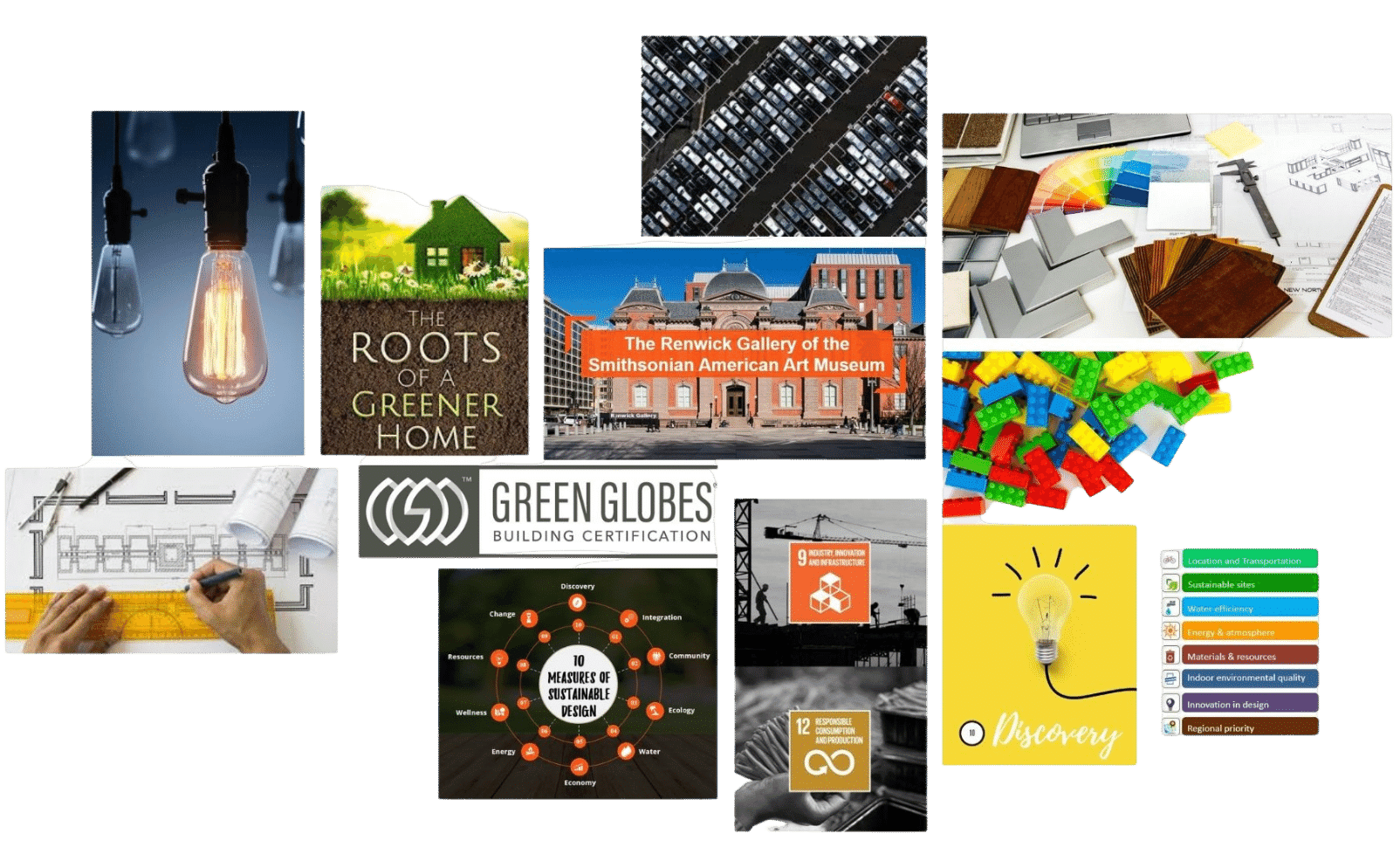The WELL Community concept is designed to champion the integration of design, policy, and operational strategies that emphasize the reduction of health disparities and the advocacy of social diversity and inclusion. This approach ensures that built environments are designed to empower all residents and users, facilitating their full access, active participation, and overall well-being within their communities. Central to this are the 14 features of the Community concept within the WELL Building Standard v2.
Participate in this course to delve deeply into these 14 features. You’ll gain an in-depth understanding of their application and significance, and you’ll be guided through their implementation within the context of a real-world project. By prioritizing inclusivity, engagement, and access to crucial healthcare, the WELL Community concept plays a pivotal role in sculpting both individual and communal health outcomes.
This course is a component of the GBRI’s WELLopedia Series, which comprehensively explores the intricacies of the WELL Building Standard v2. While it provides a comprehensive standalone learning experience, it can also be paired with other courses in the series based on your individual interests or credential maintenance requirements.
Learning Objectives:
By the end of the Mind concept module, participants will be able to:
- Grasp the core tenets of health literacy, diversity, and inclusion within the framework of the WELL Building Standard.
- Investigate the socio-cultural factors that influence health literacy and identify ways to boost it among various demographic groups.
- Acknowledge the critical role of emergency preparedness in contemporary challenges, such as COVID, and how built environments can aid in risk reduction.
- Deepen their understanding of universal design and accessibility, recognizing their pivotal role in cultivating environments that are both inclusive and secure.
- Recognize the profound influence of civic involvement, philanthropic efforts, and community engagement in nurturing a comprehensive culture of well-being.
- Develop the skills to synchronize organizational goals with health-centric visions, ensuring that wellness principles are seamlessly integrated into every aspect of built spaces.
Keyterms:
WELL Building Standards, Community Concept, Health and Wellness Promotion, Integrative Design, Emergency Preparedness, Indoor Air Quality, Occupant Survey, Health Services and Benefits, Diversity and Inclusion, Accessibility and Universal Design, Emergency Resources, Civic Engagement, Family Support, New Parent Support, Health Literacy, Stakeholder Engagement, Natural Disasters, Built Environment, Health-oriented Project Mission, Socio-cultural Factors.










